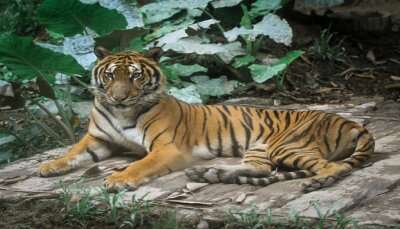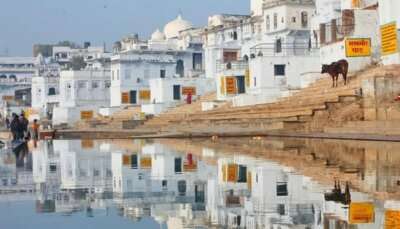Embark On A Journey To Markha Valley In Ladakh In 2026
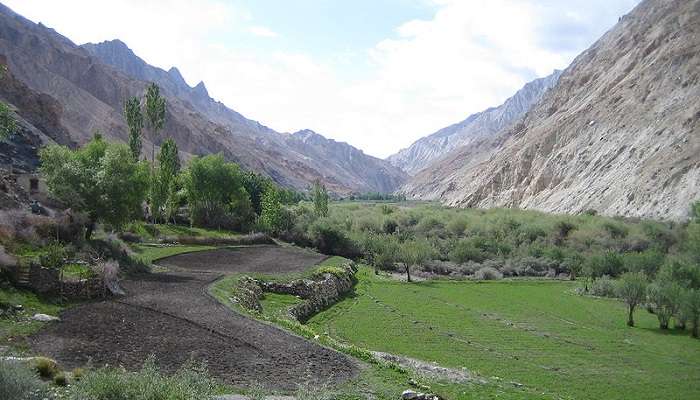
One of Ladakh’s most popular trekking routes, Markha Valley is a gorgeous valley around the Markha River. It is dotted with tiny villages and is known for its views of imposing snow-clad mountains, greenery and clear blue skies. The Markha Valley trek commences from the Ganda La Pass and ends at the Gongmaru Pass. One of the most famous sights on this trek is that of the towering Kang Yatze Peak. Moreover, you would also pass locals along the way herding their yaks, allowing you to witness the everyday life of those here.
Markha Valley At A Glance
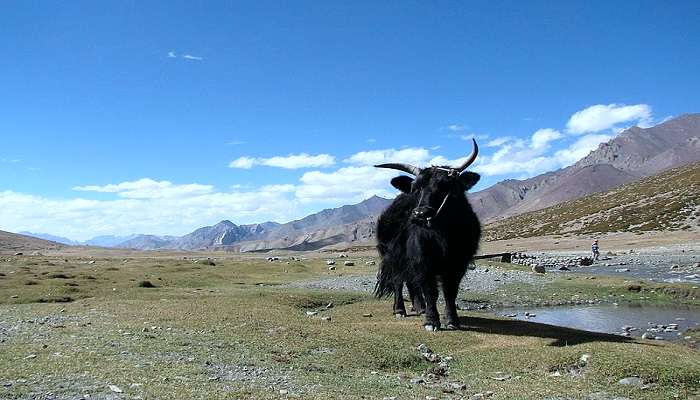
Markha Valley is located in Ladakh in the eastern part of Kashmir. Despite being a predominantly arid region, it is renowned for its unparalleled natural beauty. It is situated around the Markha River, a tributary of River Zanskar, and lies within the famous Hemis National Park. Along with its stunning views of snow-covered mountains and sparse greenery, the valley is also known for being a trekking route. The Markha Valley trek begins at the Ganda La Pass near Spituk and ends at the Gongmaru Pass near Hemis. While on the trek, you will pass small villages such as Hankar, Shingo, and Sara.
Once you reach the valley’s top, you can also see the Kang Yatze Mountain, which stands tall at about 6,400 metres, and the Stok Kangri Mountain, which is approximately 6,153 metres high. It is a treat to see the dwellings of the locals, which are usually tiny houses with traditional ornamented kitchens and Buddhist prayer flags. They are reminiscent of the Buddhist culture. Moreover, you would occasionally cross local nomadic families herding their yaks. The region also comprises small monasteries; the Techa Monastery, a Buddhist monastery, is one of the valley’s most prominent ones.
Must Read: Offbeat Places In Ladakh
Itinerary Of The Markha Valley Trek
The Markha Valley trek usually begins from Spituk, but some expeditions also start from Chilling or Stok.
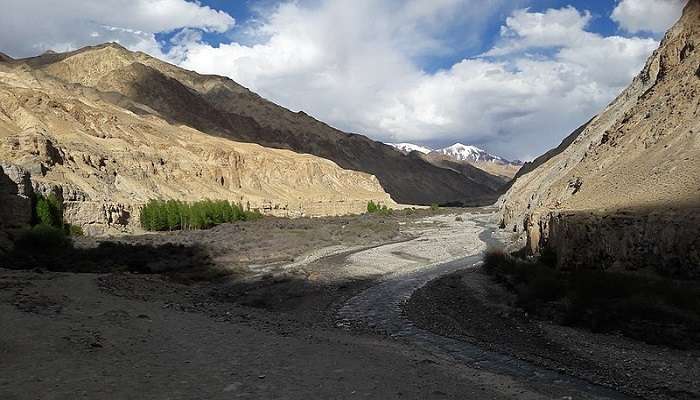
- If you are starting from Spituk, the first day of the trek would include hiking for about 5 hours along the southern bank of the Indus River to Zingchen. You might even be able to cover this distance by car.
- On the second day, you will travel to Yurutse village, about 8 km away. It takes about 4 to 5 hours to travel this distance.
- Day 3 involves a longer trek, about 7 to 8 hours long, covering a distance of about 18 km. The end destination is Skiu village, which requires crossing the long Ganda La pass. You might even encounter wildlife like eagles and Himalayan hares.
- On day 4, you would once again be trekking for nearly 7 hours to cover a distance of about 22 km from Skiu village to Markha village. This route runs alongside the river, and you can also take some time to visit the remains of an ancient fort.
- On day 5, you would trek from Skiu village to Hankar; the journey is only 4 to 5 hours long. Do visit Techa Gompa here.
- There is a 5 to 6-hour-long trek on day 6 to get from Hankar to Nimaling. Here, you might come across animals grazing. The base of the Kang Yatse glacier is accessible from here.
- On day 7, you must travel from Nimaling to Shang Sumdo via Kongmaru La pass, a journey of about 17 km or 8 hours.
- Finally, on day 8, you would head to Hemis from Shang Sumdo. This trek is relatively shorter, lasting about 3 to 4 hours since the distance to be covered is approximately 11 km. The Hemis Monastery is an important attraction here.
Best Time To Visit Ladakh
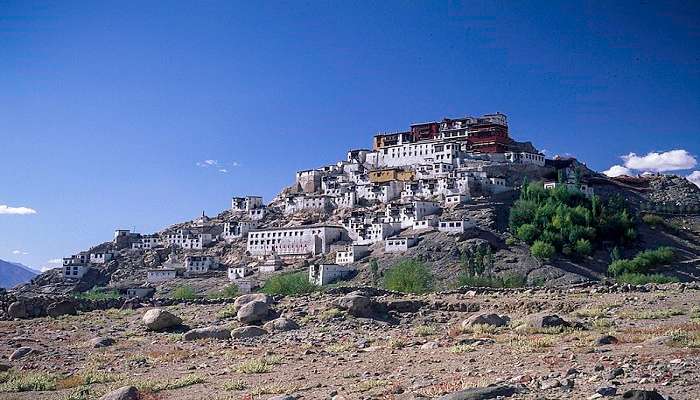
When planning your trip to Ladakh, checking whether the roads there are open is essential. The period between April and mid-July is usually considered the ideal time to visit since both the Leh-Manali and Srinagar-Leh highways are open, and the weather is most conducive for sightseeing. During this time, you would also be treated to marvellous views of the snow-covered mountains. This is the peak tourist season in Ladakh.
Consider visiting between September and October since the roads are often open during this time of year. Since fewer tourists are around this period, you can enjoy Ladakh without worrying about large crowds. It would be best if you didn’t visit Ladakh during the monsoon season, from July to August, because the region experiences heavy rainfall, often leading to dangerous landslides. On the other hand, the roads are usually closed during the winter months from November to March because of heavy snowfall and extremely low temperatures.
Suggested Read: Honeymoon In Ladakh
How To Reach The Valley
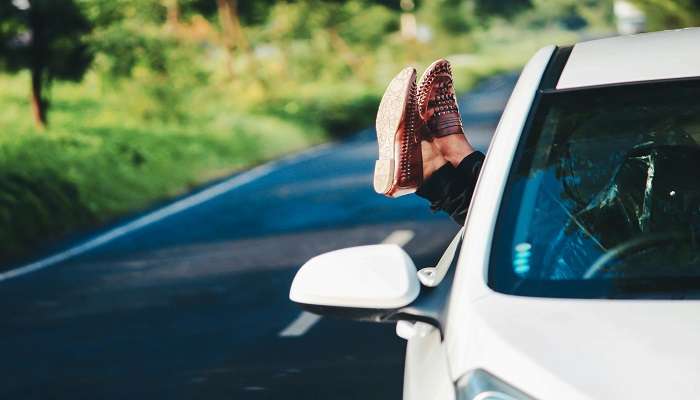
Given that Ladakh is not a very accessible region, getting here can often be a little tricky. If you wish to drive, you can come via Manali or Srinagar. Of the two, the Leh-Manali highway is usually the one most visitors prefer, especially since the route offers incredible views of the mountains. Remember that this route is slightly higher than the Srinagar-Leh route. Besides cars and jeeps, many people also drive motorcycles to Ladakh.
You can also opt for the bus since the closest bus stop to Ladakh is only 700 metres from the city centre. There are overnight state buses from both Manali and Srinagar. These buses make an overnight stop en route to Ladakh to allow you to get used to the increasing altitude. If you prefer to travel by train, you should know that Ladakh does not have a railway station and that the closest one is Jammu Tawi, about 700 km away. You can hire a taxi or take a state bus to Ladakh.
Suggested Read: Hunder Village
Markha Valley is one of Ladakh’s most popular attractions and is famous among nature lovers and adventure seekers. The region, home to quaint villages, boasts breathtaking landscapes and is also a famous trekking destination. A trip to Ladakh is one that you will never forget, owing to its abundant natural wonders and attractions. Ladakh is one of its prime tourist destinations. Whether you go for a solo trip or a holiday with friends, you will indeed have the time of your life, so don’t delay and book your tickets as soon as possible!
For our editorial codes of conduct and copyright disclaimer, please click here.
Cover Image Source: SlartibErtfass der bertige for Wikimedia Commons
Frequently Asked Questions About Markha Valley
Is the Markha Valley trek suitable for beginners?
Although not as difficult as some others in Ladakh, the Markha Valley trek is still fairly gruelling and requires that you be fit and healthy. The trek involves hiking for almost a week and dealing with an increasing altitude, which is made more challenging by the region’s rocky terrain. It is best to embark on this expedition if you have some experience trekking.
What is the easiest way to get around Ladakh?
If you did not bring your own transport, there are different ways to get around Ladakh, including taxis, motorcycles, and cycles. It is best to book your preferred mode of transport in advance.
Where can one stay in Markha Valley?
Homestays run mostly by locals are the ideal choice of accommodation in Markha Valley. Not only are they affordable, but they are also an excellent way to fully experience this beautiful region.
Do visitors need to pay a fee to enter Ladakh?
You must pay a green fee upon entering Ladakh; it is INR 400 for Indian and foreign visitors. Furthermore, you would need to pay a wildlife protection fee of INR 20 per day and a Red Cross Fund fee of INR 100.
How must one deal with the high altitude in Ladakh?
To get used to Ladakh’s high altitude, it is advisable to breathe slowly and avoid moving too fast to deal with the low levels of oxygen. Any kind of physical activity can make breathing slightly difficult. Also, avoid smoking, as this might aggravate the issue, and make sure to remain hydrated at all times.
People Also Read:
Niti Valley Rajgundha Valley Nubra Valley

As a Travel Content Writer, I live to conquer the world of globetrotting with words. With my unquenchable thirst for storytelling, I believe that my words will inspire you to travel around the world’s breathtaking landscapes. As for me, I am an unapologetic selenophile, who loves to wander around in a starry night!



